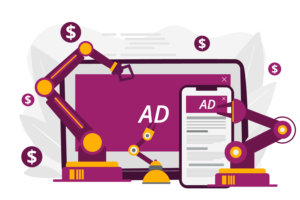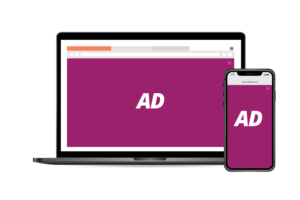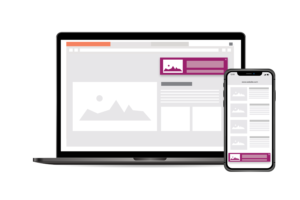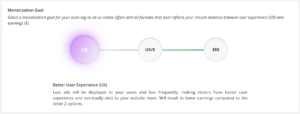Website Monetization Strategies: 2022
It feels as if there are a million different ways to monetize your website in 2022. Whether you’re looking to flip sites for extra cash, sell a course, run PPC Advertising, start an eComm store or build up a mailing list, there’s always a fresh new way to monetize your website.
Here are ten of the best ways to monetize your website in 2022.
1. Set up an Ecommerce Store
Ecommerce is one of the most popular ways to make money from a website. But due to global competition, it also requires some of the most challenging work. However, it is entirely possible to set up your eCommerce store with the proper steps. While you can build a stand-alone site from scratch, adding a store to your existing site makes more sense. This way, you make the most of the traffic you already have. Here are the steps needed to start your new eComm store.
- Decide on your products (the less saturated the market, the better)
- Choose an eCommerce Website Builder
- Get a domain name (where applicable)
- Decide on your eComm store template and start customizing
- Add your products
- Set up your shopping cart and payment methods
- Choose your shipping settings and structure
- Continue to market your products online via PPC, social, etc.
2. Affiliate Marketing
One of the most common website monetization strategies is to promote someone else’s products/services on your website. You’ll need to sign up for an Affiliate Program or Affiliate Network to get started. Once registered, you’ll get your unique affiliate links for different products or services.
Add Your Affiliate Link
You can embed your links on your site after copying them from the network or program. One of the best ways to do this is by writing product reviews, blog posts, top ten lists, etc., and adding the unique affiliate link into the content. When a user clicks on a link, you’ll earn a commission on every sale or conversion. You can also run PPC advertising.
3. Selling Digital Products or Services
You can also create digital products, such as eBooks, online courses, widgets, templates, or similar. However, you will need to spend a lot of time and effort getting the products good enough to sell online. Products may take an initial investment on your part, such as design, content creation, etc. But once they’re onsite, you can charge a fee for the download link and generate an income. Also, make sure you’re sending traffic to a well-designed landing page to help increase your conversion rates.
| You can also add a lead capture form and collect email addresses for future follow-ups. |
4. Sell Sponsored Content
Sell ad space or other sponsored onsite content to companies or individuals. Sponsored content could include paid guest posts or online ads with embedded links. The drawback with this approach is that if your site is not generating much traffic, you’ll struggle to see returns.
5. Take Donations
If you’ve created a product/service that people like and have an online community behind you, then offer your MVP for free and request onsite donations to bring out a better version.
6. Create an Email List
One of the oldest and most overlooked website monetization strategies is to go back to basics and generate an email subscriber list. Take time to produce excellent content to develop a loyal following and bring you more subscribers. Collect, save and batch these email lists into different subcategories, and use your list as an upselling tactic for new products and services.
7. Website Flipping
Some publishers bring in significant revenue from buying existing websites with a preexisting traffic source, improving their traffic/profitability, and then selling them for a higher price.
8. Start a Private Forum
If you’re an industry expert with a wealth of knowledge and top insights to share, you can create a paid membership forum. And if you bring together the right people with the right knowledge base, you may find you’ll have a consistent stream of incoming subscriptions.
9. Generate Leads
If you’re a specialist on a niche topic, you could help direct leads towards similar businesses by placing the right products or services in front of them. For example, if you have a health and fitness site, you could have listed results for personal trainers, physiotherapists, dieticians, etc. Every time a potential lead converts, you get a commission.
10. Monetization through Advertising
And finally, one of the best ways to monetize your website is by hosting ads and getting paid by the advertising platform for ad interactions (i.e., Ad Impressions, Clicks, Conversions). You’ll simply place a short line of code on your website, and depending on what your site is about, your audience will start to see relevant offers.
Find the Right Online Advertising Network
The best way to monetize your website through ads is by partnering with an Online Advertising Network. Our advanced optimization technology matches your traffic with high-quality demand and shows the most relevant ads to your users.











Join the conversation
0 comments
Submit a comment
Your email address will not be published. Required fields are marked *